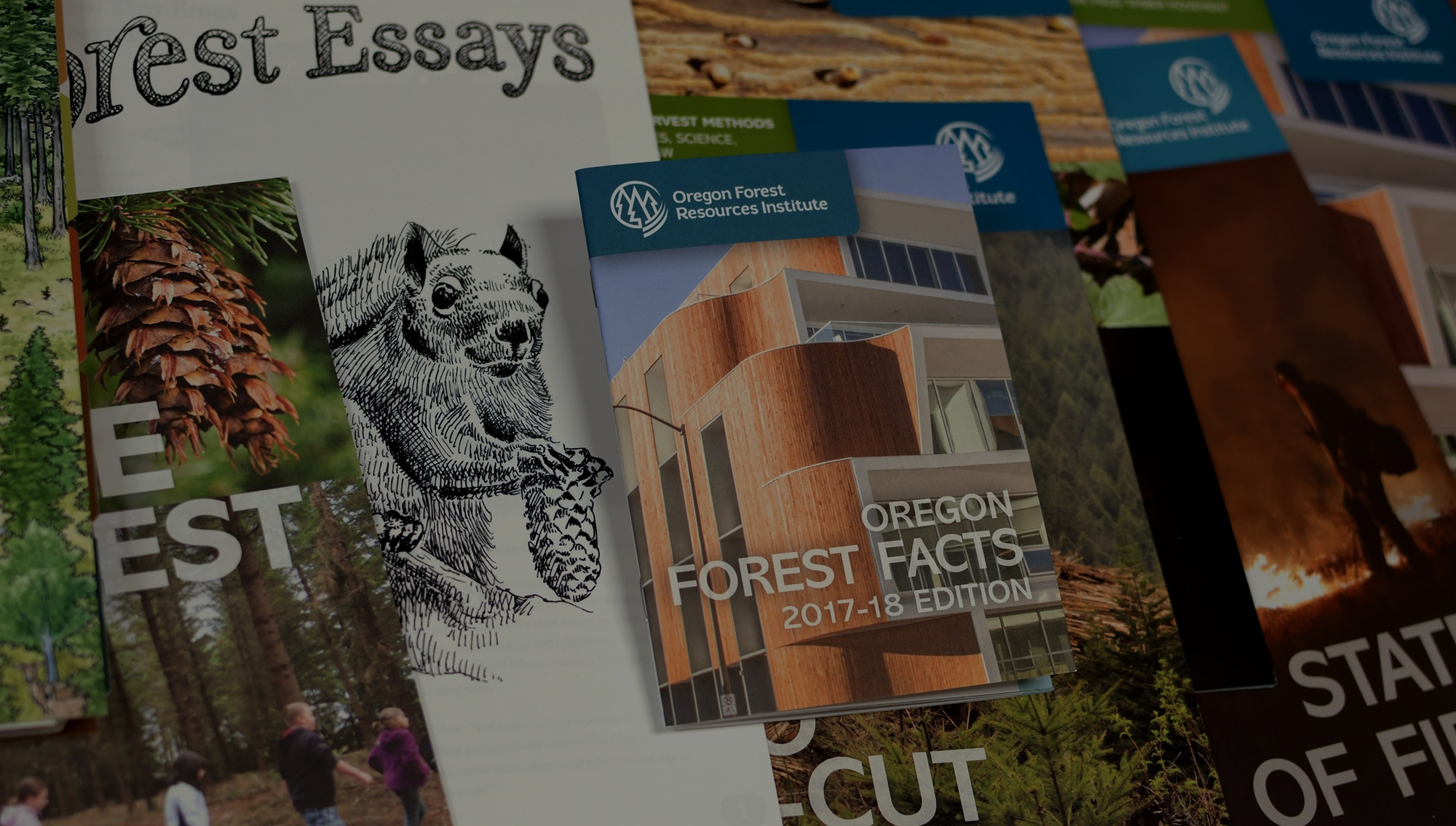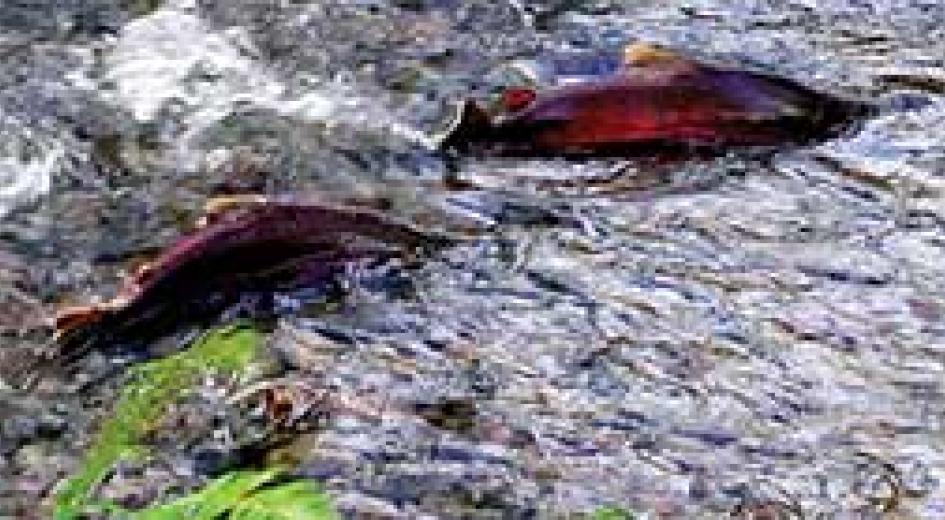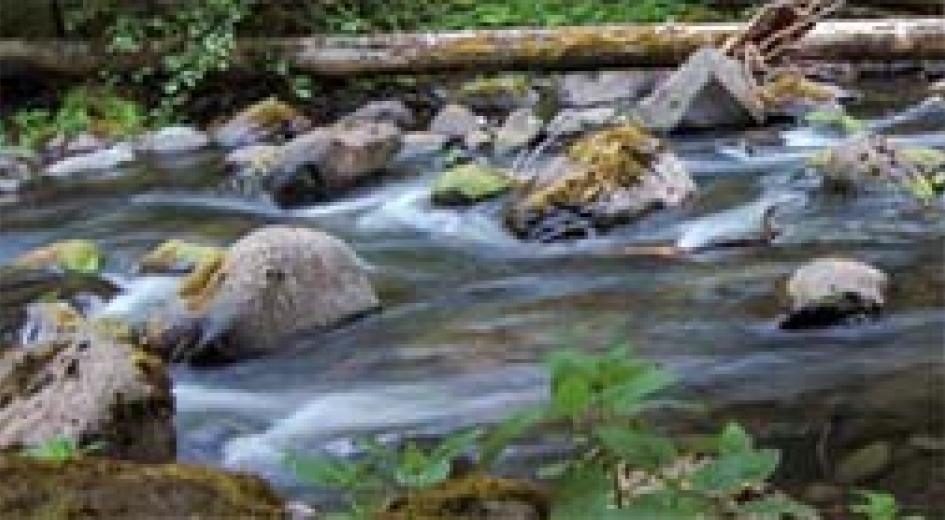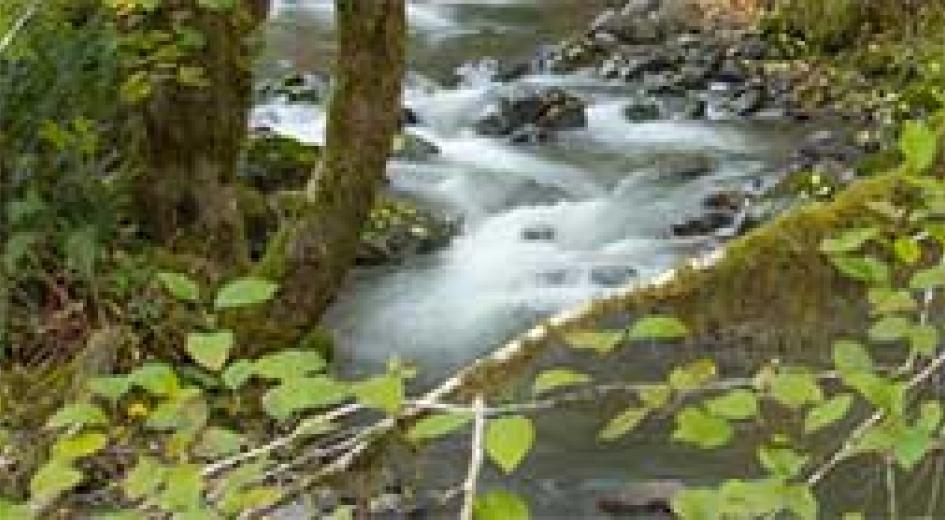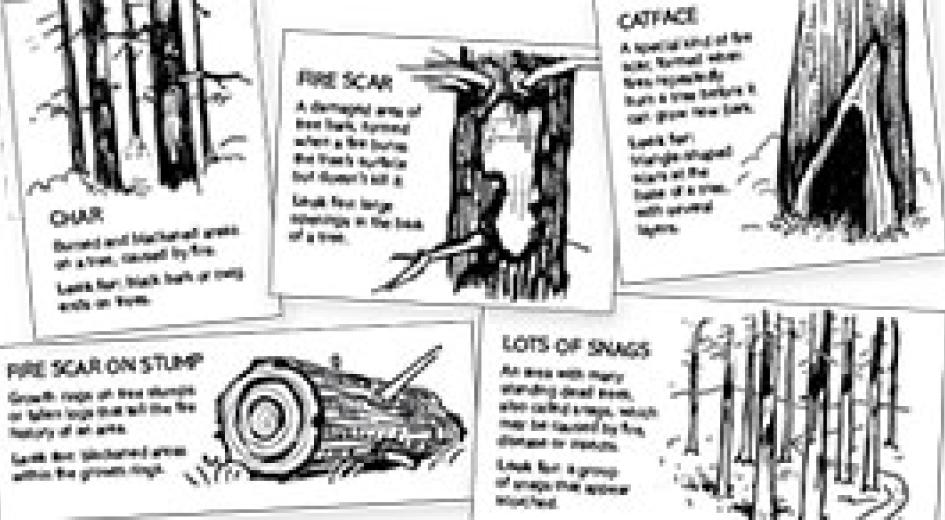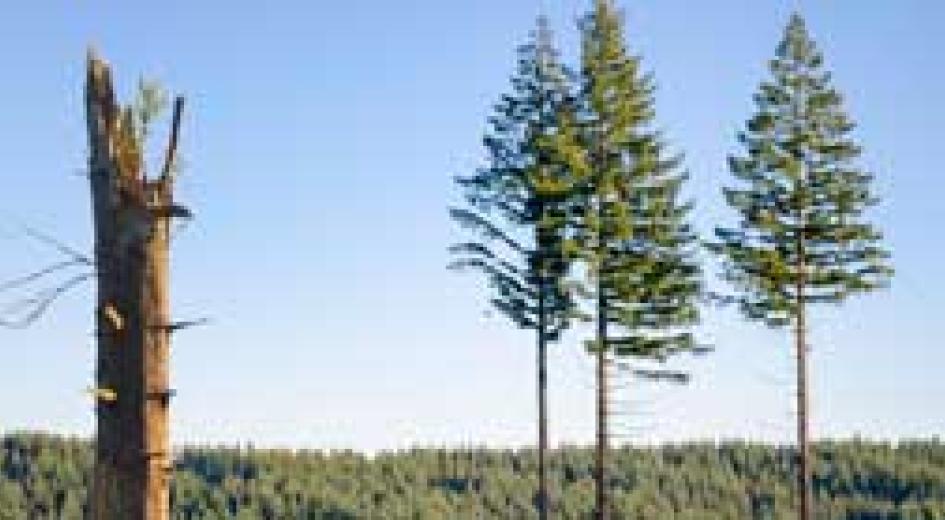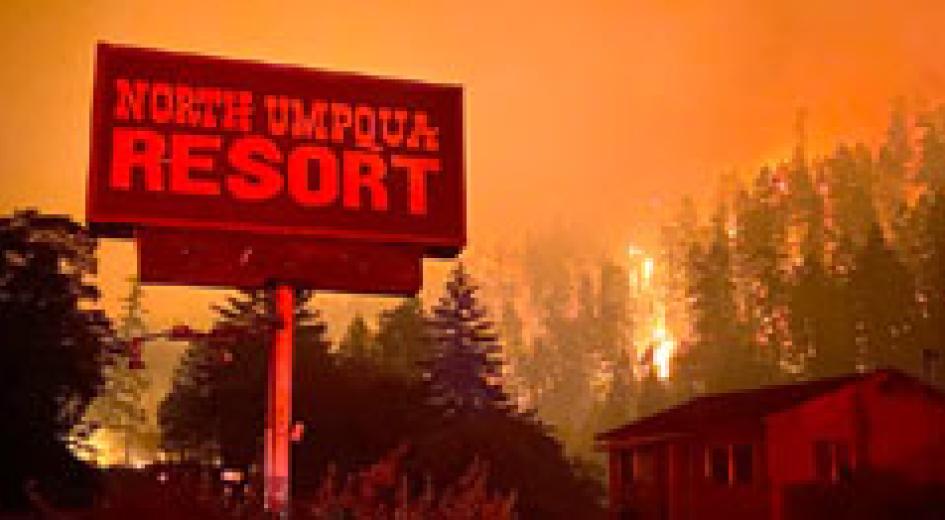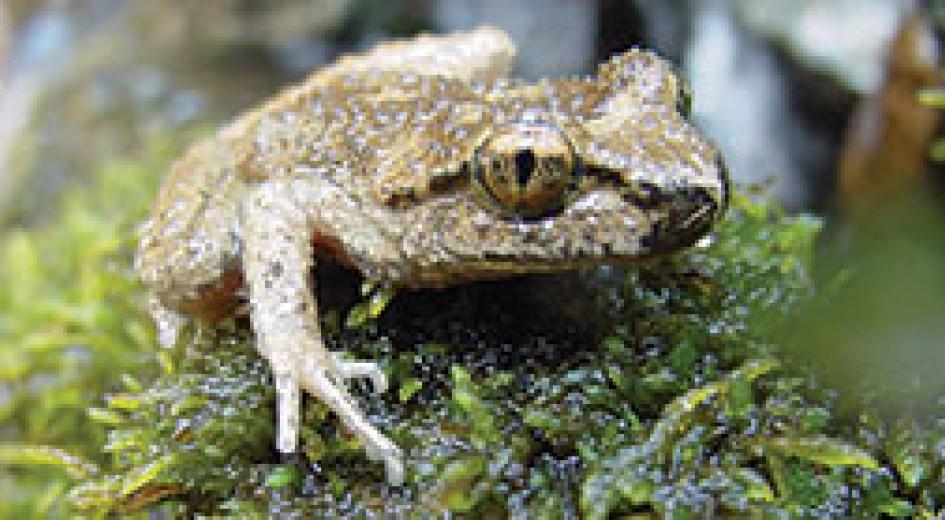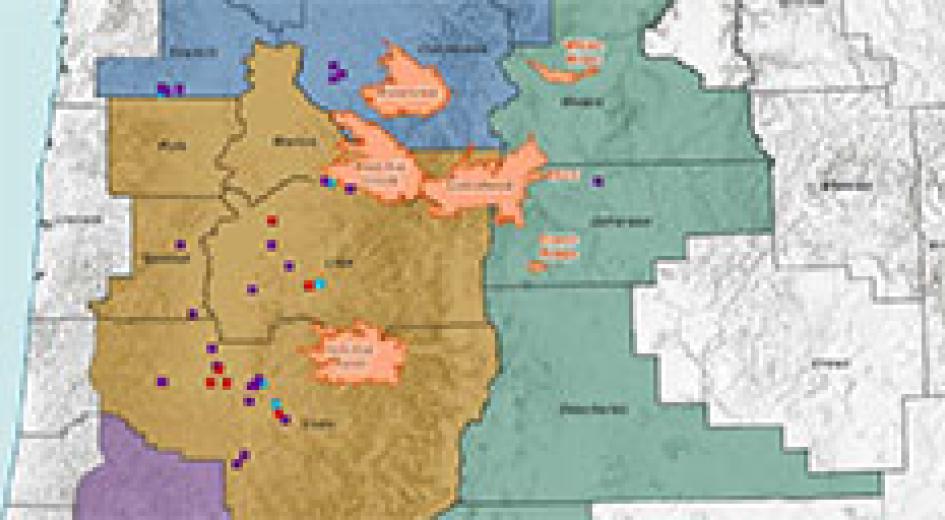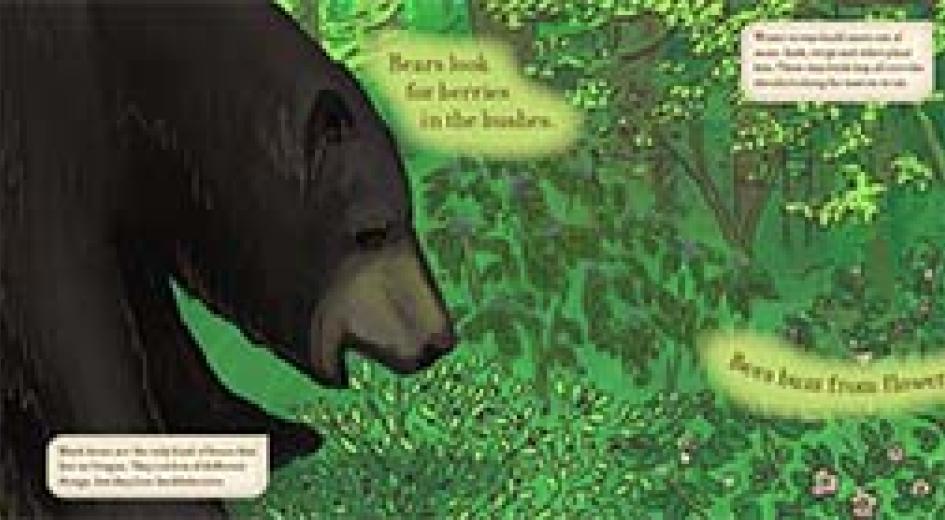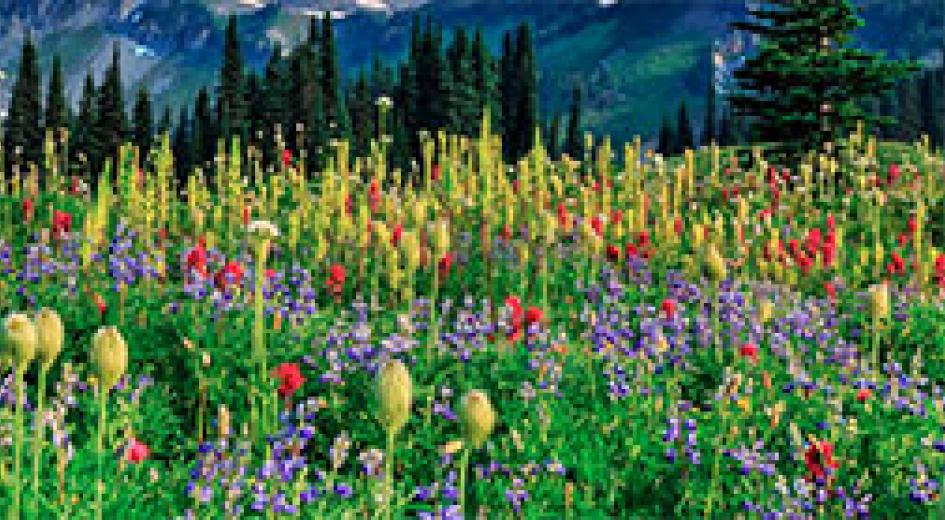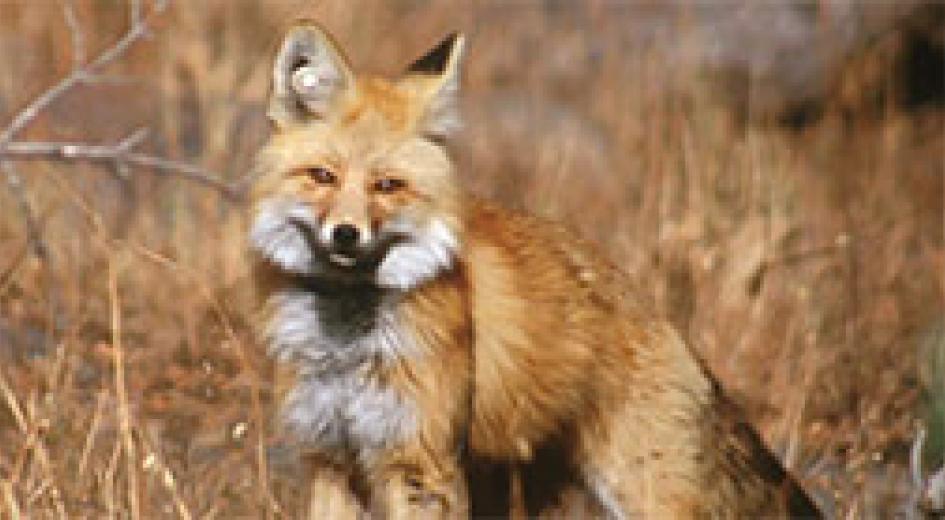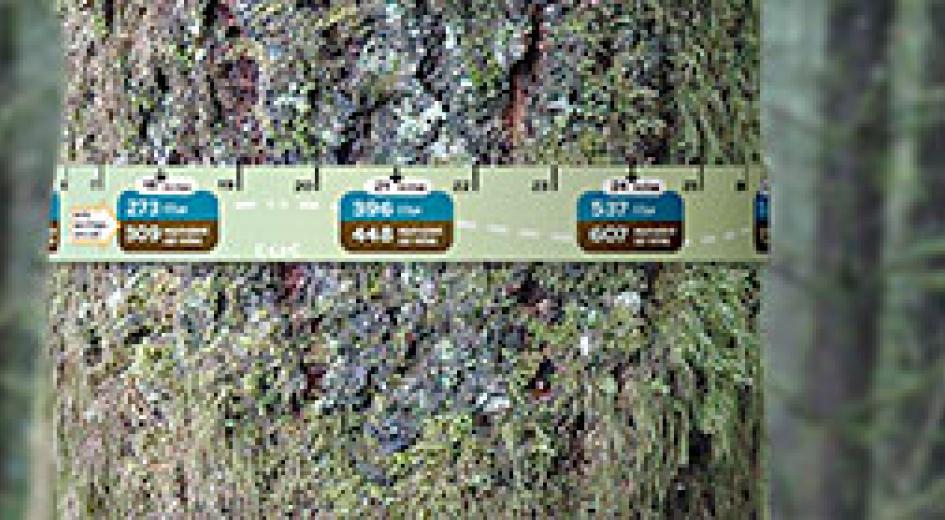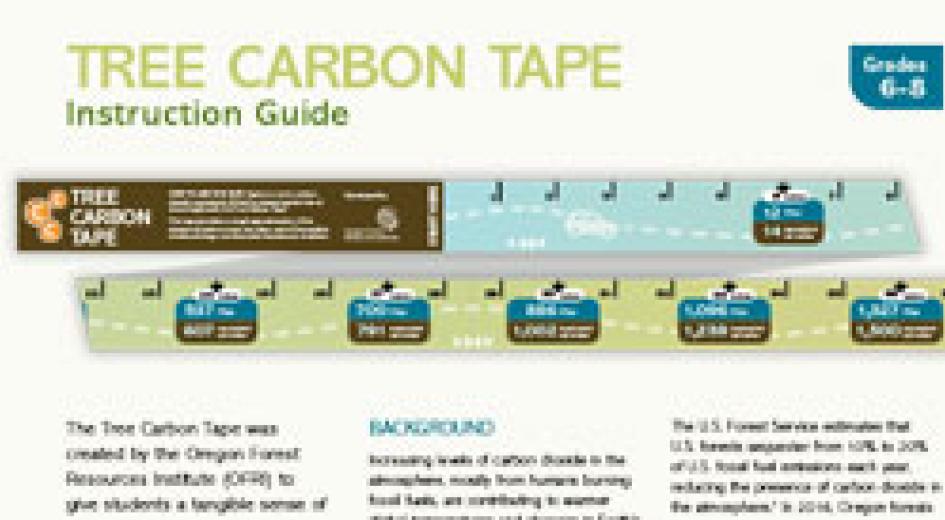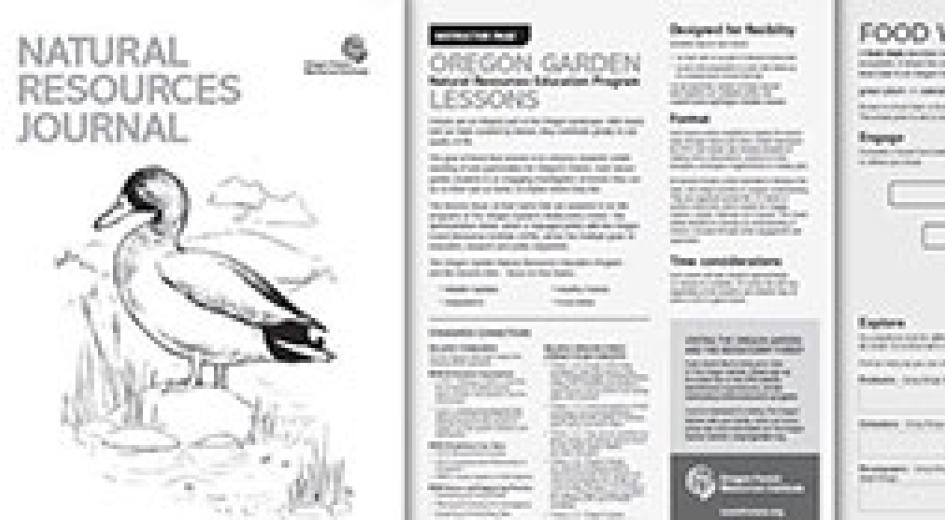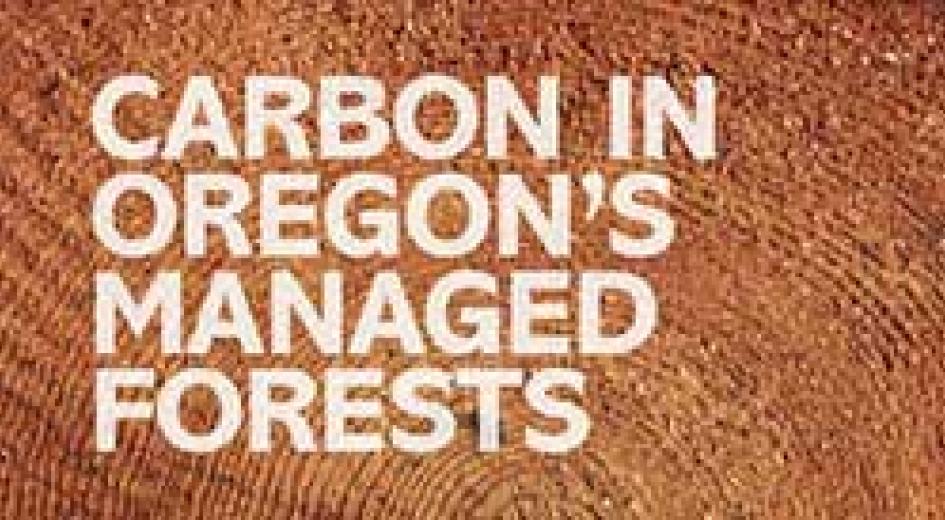OregonForests.org is a portal for information relating to the forest products industry and the management of Oregon’s forests as environmental, recreational and economic resources.
View or order the publications and products described below.
Oregon Forest Literacy Plan
The Oregon Forestry Literacy Plan includes a forest education conceptual framework as well as a scope and sequence...
Private Forest Accord and Habitat Conservation
Explaining the goals of a habitat conservation plan on Oregon private forestlands.
Private Forest Accord-related law changes
Changes to forest regulations stemming from the Private Forest Accord report
Investigate the Forest
Journal pages for Oregon outdoor school, intended to guide students as they explore the outdoors.
Managing Wildlife Leave Trees in the Pacific Northwest
This informational pamphlet looks at retaining some natural structures for wildlife during timber harvest.
2020 Labor Day Fires: Summary Report
A summary of the 2020 Labor Day Fires: Economic Impacts to Oregon’s Forest Sector – Full Report
Living with Fire
Although western fires are growing in size, leading to more frequent "megafire events," there are ways to reduce the...
Wildlife in Managed Forests: Forest Amphibians
Amphibians play an important and distinctive role in forest ecosystems. They occur across forested watersheds in aquatic
2020 Labor Day Fires : Economic Impacts
This economic impact analysis evaluates nine of the largest Labor Day 2020 fires plus three other fires
Wildlife in Managed Forests: Sierra Nevada Red Fox
Wildlife in Managed Forests: Sierra Nevada Red Fox
Tree Carbon Tape: Instruction Guide
Instructional guide for using the Tree Carbon Tape activity
Natural Resources Journal
Each lesson guides students in an engaging investigation of forests they can do on their own at home.
Carbon in Oregon’s Managed Forests – Science Review
Carbon in Oregon's Managed Forests - full science report
Carbon in Oregon's Managed Forests: Summary Report
This special report synthesizes the latest science on carbon sequestration and storage in Oregon’s working forests.

